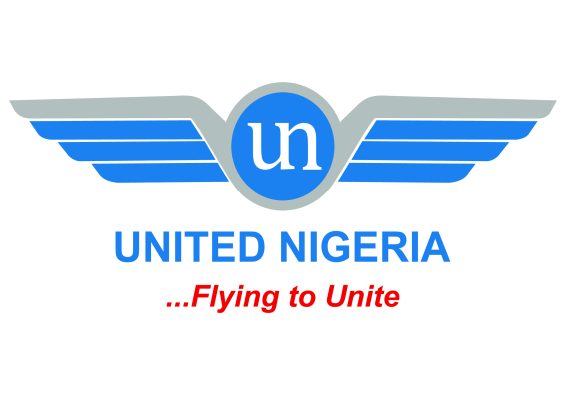NB’s H1 2017 growth positions for higher earnings

The Nigerian Breweries Plc’s first half year result has continued to generate reactions, as analysts see brighter earnings on the back of higher price offerings and cost maximization.
NB’s H1 2017 result, which showed positive margin outlook for H2, a trend that has triggered higher demand on the company’s equities at what is considered rewarding equity price.
Nigerian Breweries’ (NB) Q2 2017 results, which showed striking y/y growth across key significant items, were chiefly enhanced by higher pricing, against what was obtainable in the previous year.
On its Q2 2017 conference call, the management of Heineken (NB’s parent) disclosed that unit volumes for its Nigerian business operations declined y/y.
Although the quantum of decline was not specified, we estimate that unit volumes declined by mid-single-digits y/y due to inflationary cost pressures on consumer discretionary spending.
Given the positive outlook on margins, underpinned by the company’s substitution of domestic inputs for imports, FBNQuest analysts has increased its 2017E-18E EPS by around 8 per cent on average. ‘This, together with our decision to roll-over our DCF valuation to 2018 are the major factors driving the 28% increase to our price target to N128.4” the analysts noted.
On a relative basis, the NB shares are trading on a 2017E P/E multiple of 37.2x for 35 per cent y/y EPS growth in 2018E).
The company’s Q2 result showed PBT growth by 16 per cent y/y reinforced by solid sales growth: NB’s Q2 sales grew by 12 per cent y/y to N89.7bil;lion while PBT and PAT of N16.6bn and N12.3bn advanced by 58 per cent y/y and 43 per cent y/y, respectively.
The solid bottom line was driven by the strong y/y sales growth, a 4,650bp y/y gross margin expansion to 45.4% and a -35% y/y decline in net finance costs.
These factors more than offset a 7% y/y increase in operating expenses. Further down the P&L, an increase in the effective tax rate to 26% compared with 18% in Q2 2016 resulted in PAT growth narrowing to 43% y/y. On a sequential basis, sales were flat q/q while PBT was down -5 per cent q/q.
The q/q decline in PBT was due to a 98% q/q and a 3% q/q rise in net finance costs and operating expenses respectively. These factors offset a 100bp q/q gross margin expansion. However, a lower tax rate q/q led to PAT growing by 7% q/q.







